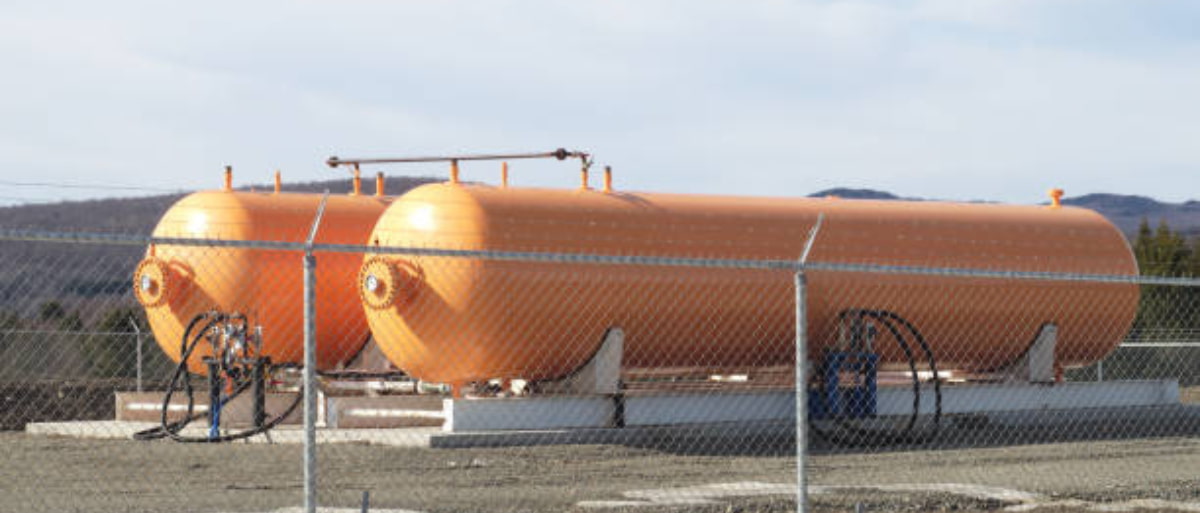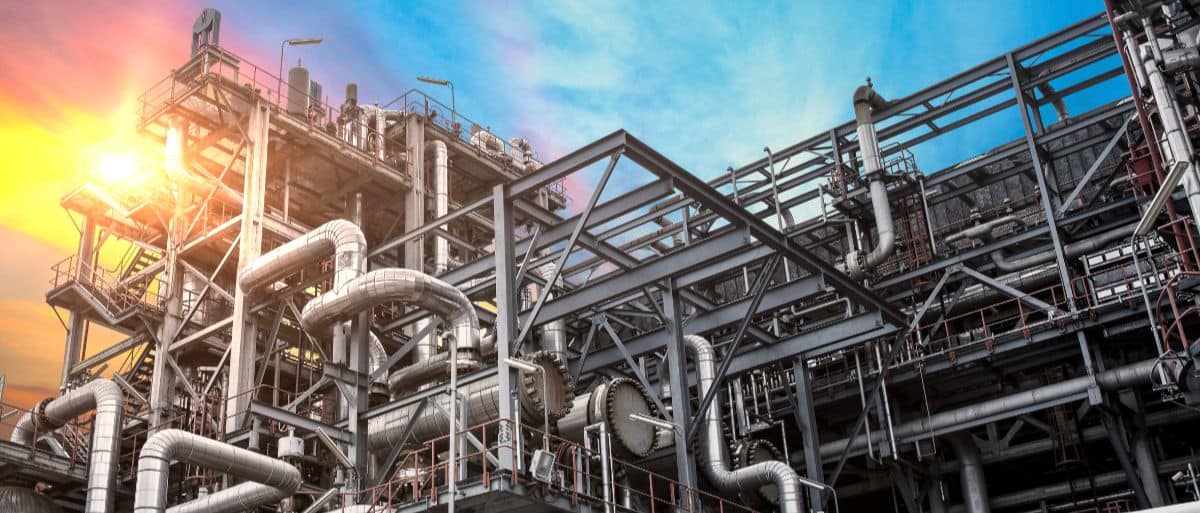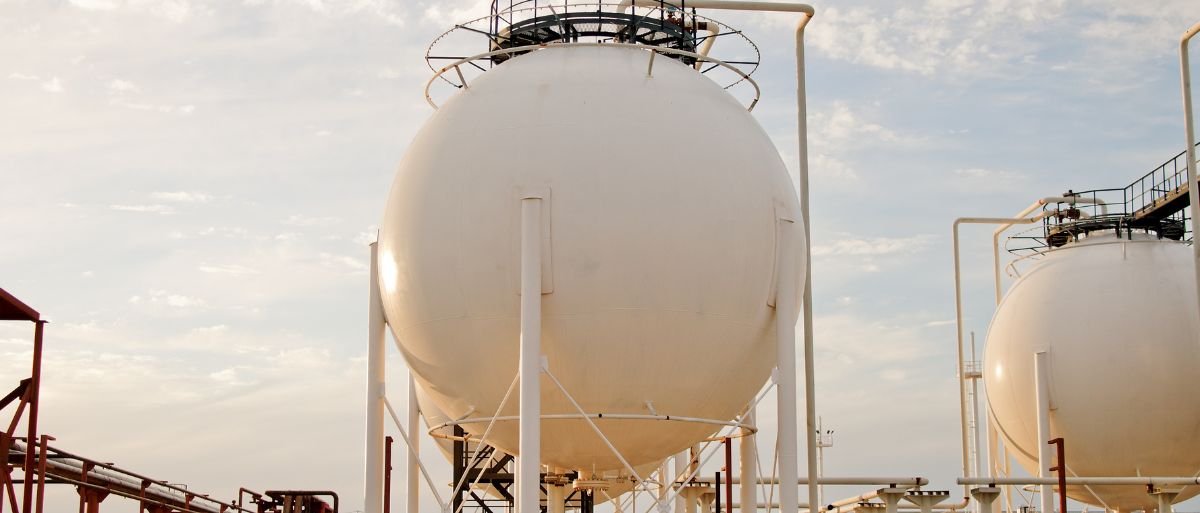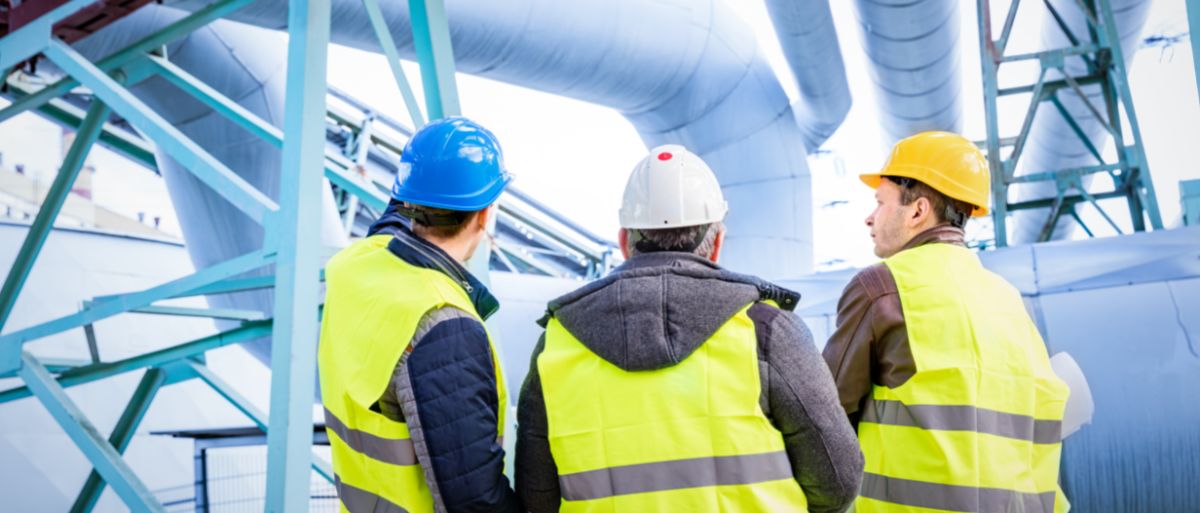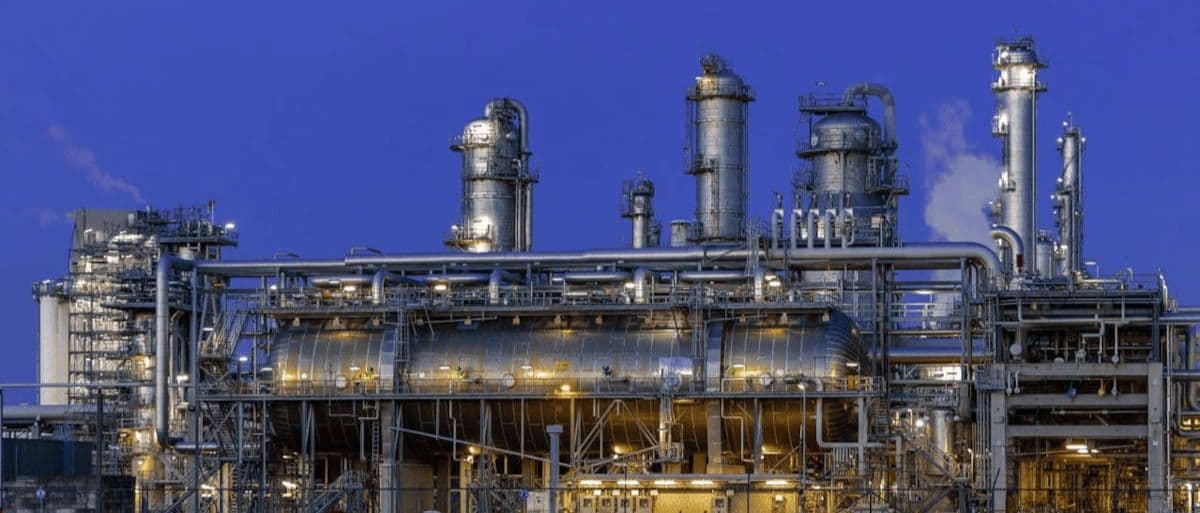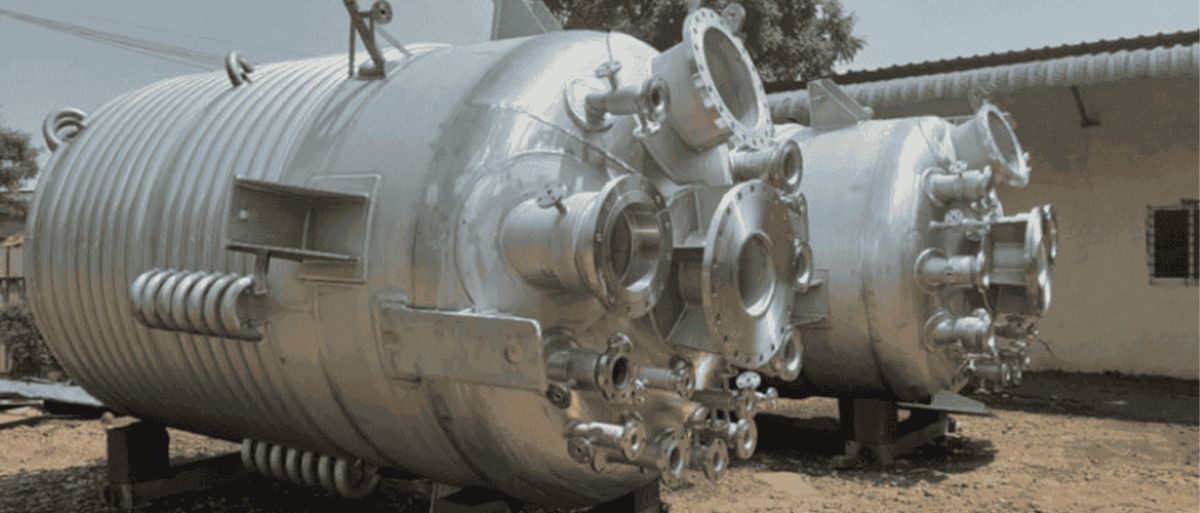In the field of unfired pressure vessel design and fabrication, engineers frequently work under different regulatory frameworks. Among the most widely used international standards are EN 13445 vs ASME Section VIII Division 1, both of which establish requirements for the design, fabrication, inspection, and testing of pressure vessels. Despite sharing the same fundamental objective—ensuring safety […]
Industrial Piping Engineering is a fundamental discipline that ensures the safe and efficient transport of fluids across process plants, refineries, power stations, and other critical facilities. Beyond the physical connection of components, this field requires a deep understanding of thermodynamics, materials mechanics, regulatory frameworks, and—crucially—piping stress analysis. A poorly designed piping system can lead to […]
In the field of mechanical design for pressure vessels, selecting the appropriate applicable code is a critical factor to ensure structural safety, operational efficiency, and resource optimization. Within the Boiler and Pressure Vessel Code (BPVC), Section VIII establishes the criteria for the design, fabrication, inspection, and testing of industrial pressure vessels. This section is divided […]
Mechanical engineering remains a foundational discipline, but the environment in which it operates is evolving at an unprecedented pace. In a near-future scenario—marked by shorter development cycles, increasing sustainability-related regulatory pressure, hyperconnected manufacturing facilities, and data-driven decision-making—traditional technical expertise is no longer the only determinant of success. The mechanical engineer of the future will not […]
Pressure vessels are essential components in countless industrial processes — from petrochemical and energy sectors to pharmaceutical and food industries. These containers, designed to operate at pressures significantly different from atmospheric pressue, are critical for safely and efficiently storing and transporting fluids. Their structural integrity is not merely a matter of operability, but a fundamental […]
Design Codes for Pressure Vessels: EN 13445 vs AD 2000 are essential to understand when selecting the appropriate design code in pressure vessel engineering. Both comply with the Pressure Equipment Directive (PED 2014/68/EU), but differ in philosophy, materials, and technical requirements. Understanding these differences enables safer, more efficient, and regulation-aligned decisions. EN 13445 vs AD […]



